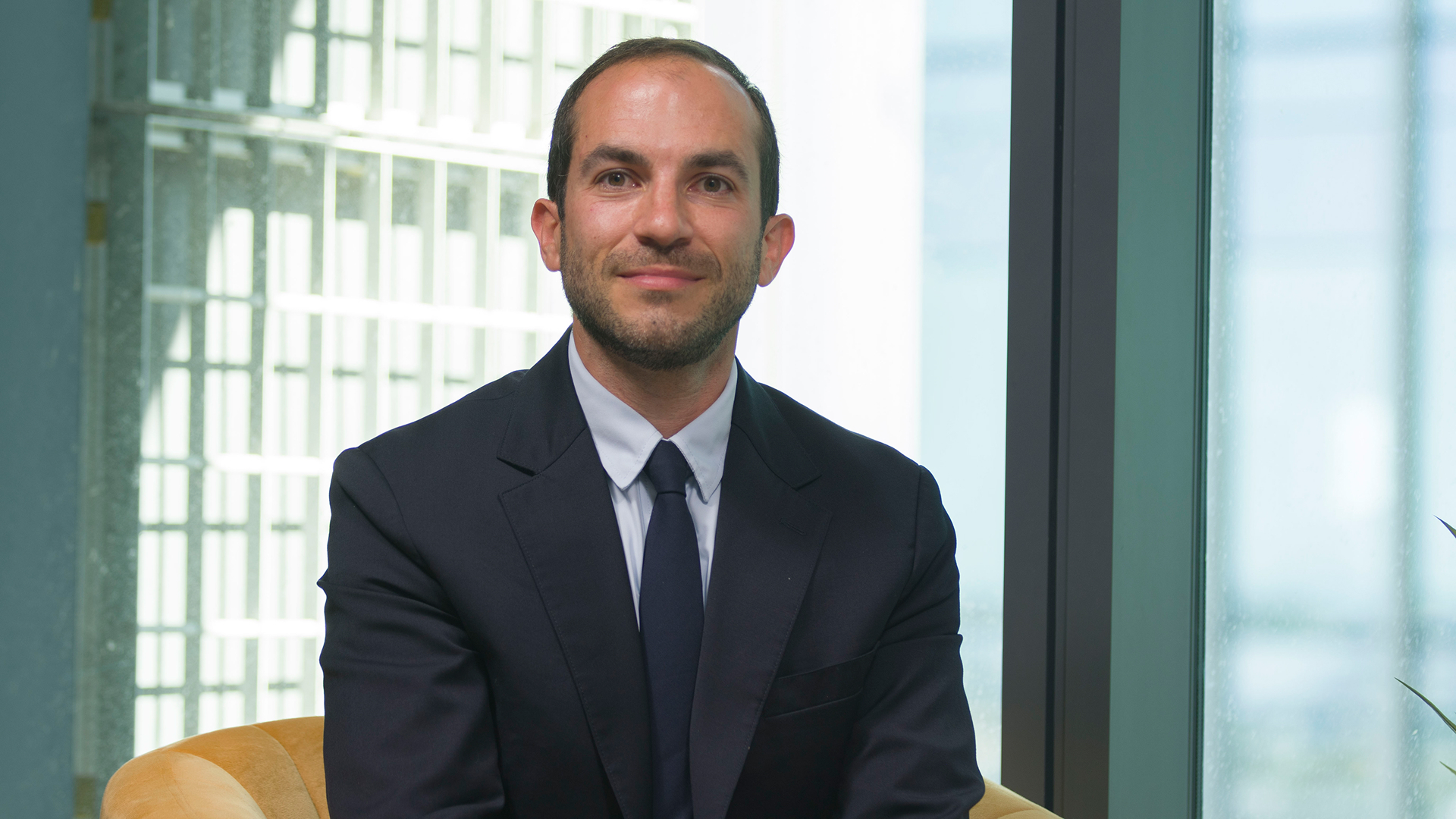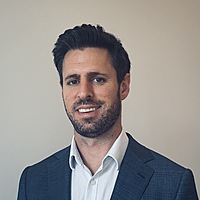How Brookfield is looking to win in the infrastructure supercycle and beyond
This interview was filmed on 17 September 2025.
Behind every great technological or economic development is a story of infrastructure.
Whether it's digitisation, AI, re-shoring or supply chains, it's infrastructure that's at the "epicentre", says Sam Garetano, portfolio manager for Brookfield's Brookfield Infrastructure Income Fund (BII).
AI has emerged as the dominant driver in recent years, but it's just one aspect of the impressive growth that's happening in the sector, according to Garetano.
"We believe we're in an infrastructure supercycle. There's billions if not trillions of dollars required in all the industries we focus on."
While data centres dominate the AI discussion, it's the domino effect of AI growth where Garetano sees the opportunities.
"If you think about how is AI going to play out, it's not just data centres, it's power."
"We invest in wind, solar, we also invest in battery, we invest in nuclear, we invest in conventional energy sources. All that power is going to need to be transported to these data centres."

The other side of the coin is the infrastructure needed to support the growth of AI inference and training. AI will reach mass adoption through smartphone integration and that means we're also going to need substantial investment in densification networks, says Garetano.
It's thinking about the bigger societal picture that drives Brookfield's approach.
"When we think about the opportunity set, it's how do we invest in these projects that can improve capacity, improve their operations, so our everyday lives as individuals have improved," says Garetano.
"That's ultimately what we're investing in Brookfield and trying to do it on a scale that very few others can."
Brookfield has recently closed on a series of state-of-the-art data centres in Europe, as well as an 11-gigawatt virtual power purchase agreement with Microsoft and a three-gigawatt hydroelectric partnership with Google in the US. It has also significant investments in Australia, including the Victorian utility provider AusNet.
It's about capitalising on opportunities as they come along but always keeping the longer-term outlook in mind.
"Ultimately, we're value investors. We don't want to overpay for an asset, we don't want to participate in a crowded trade. We're really thinking about where can we invest that we can drive long-term value in themes or investments for 10, 20, 30 years. We're probably a little bit longer term of an investor than some of our peers."
The benefit for investors is that the fund couples reliable income with compounding growth.
"It's really through building a portfolio that is diversified, that has global exposure and developed markets and high-quality businesses," says Garetano.
"From an underlying perspective, we're really looking to invest in assets that on day one provide a stable, predictable cashflow stream."
"We've built a portfolio that provides a very stable, predictable return stream month over month, year over year."
Despite the sector growth, risks do remain, and this has also shaped Brookfield's approach.
"The biggest risk is jurisdiction risk," said Garetano. "We always look to invest in stable, predictable regulatory regimes. You don't want to invest where someone changes the rules on you. So we've been very disciplined to how we think about entering new markets."
Infrastructure is unsurprisingly a sector that is directly impacted by environmental, political and regulatory changes, and this is a key consideration for Brookfield.
"It's why we have a local boots on the ground model," says Garetano. "It's not me flying from New York and a suit and tie to different countries and trying to speak the local language and build relationships. We have dedicated teams on the ground that are building relationships with the governments, with customers, with the regulators, to really succeed in those markets."
Brookfield has also been careful to avoid inappropriate leverage, which has undone some infrastructure investors recently, or chase government subsidies. It leaves Brookfield's infrastructure fund well-insulated from sudden shocks.
"We're not concerned because we weren't chasing those tailwinds. Maybe we were benefiting from it, but that was included in the upside case."
3 topics


